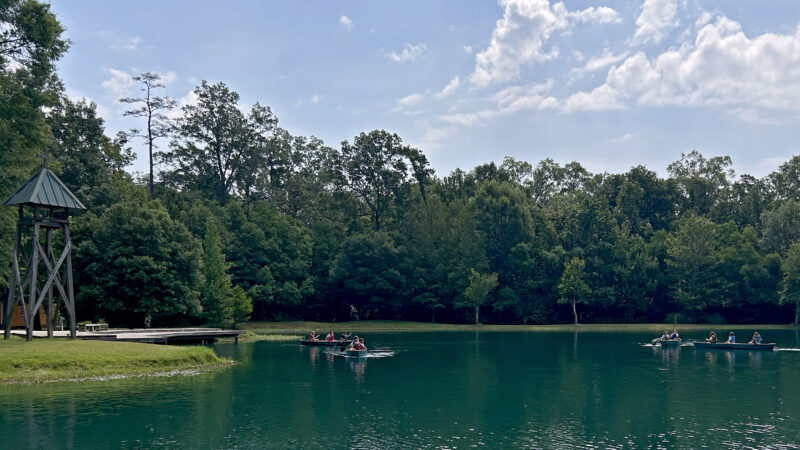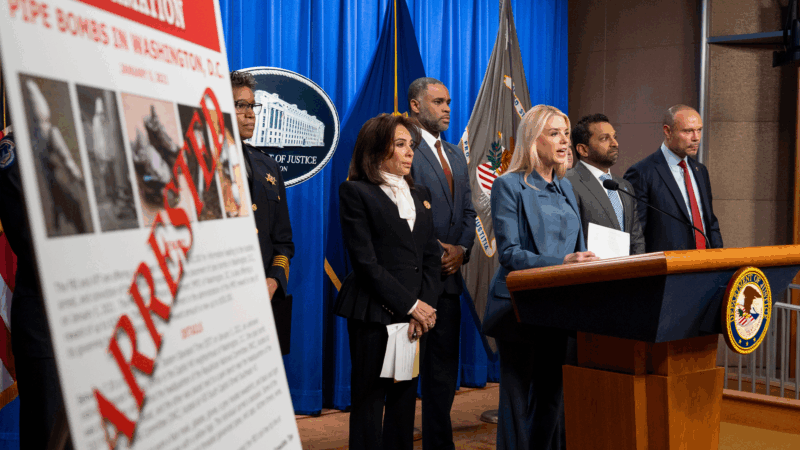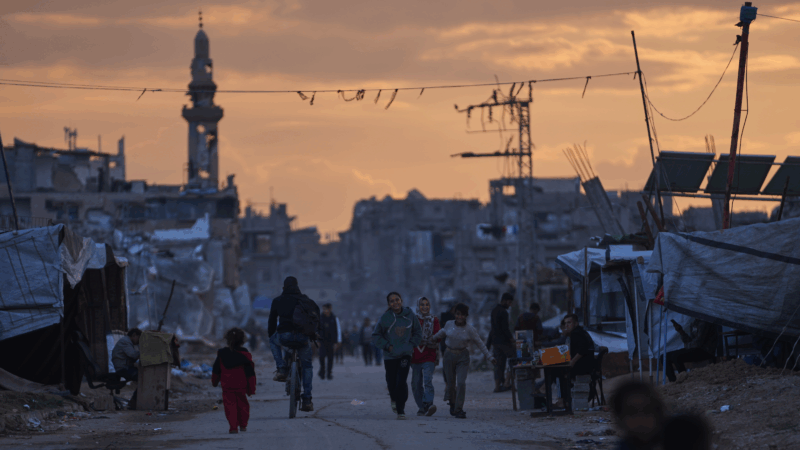‘This ain’t the same sun’: Extreme heat is changing summertime for kids in the South
Campers paddle canoes on the lake at Camp Istrouma in Greenwell Springs, Louisiana, on June 12, 2024. Campers rotate into and out of the air conditioning to stay safe from extreme heat.
By the lake at Camp Istrouma, a sleepaway summer camp nestled in the piney woods just outside Greenwell Springs in Southern Louisiana, three 10-year-old girls strap on life jackets and climb into a canoe resting on the bank.
Camp Director Cody Hanken tells them to hold on as he grips the canoe and gently slides it into the water.
“Woah,” one girl says, almost falling over.
“Whee,” goes another.
“Bye-bye, world,” another says with a silly wave.
It’s just past 10:30 in the morning, and it’s already warm. By noon, the temperature will be in the 90s. When it gets too hot, the girls will have to move indoors, into the air conditioning, for arts and crafts — or maybe a dance party.
Last year’s summer was record-breaking. Louisiana hit its highest heat index and had 17 days over 100 degrees. A few camp counselors passed out. Cycling camp activities — rotating kids indoors more frequently so they can cool off — is one of the summertime changes Hanken and others in the South have made to keep kids safe from extreme heat.
Standing on the bank, Hanken shakes his head and smiles as he gives directions to the girls trying to maneuver the boat. The key word here is: trying.
“There you go, alright. So, paddle forward. There you go,” he says. The girls giggle and scrape at the water in different directions with their paddles. The boat lists and leans, slowly rotating this way, then that. Eventually, the girls get into a rhythm, working together to sail away.
“They’re learning,” he says. “Forward to back. You two, forward to back.”
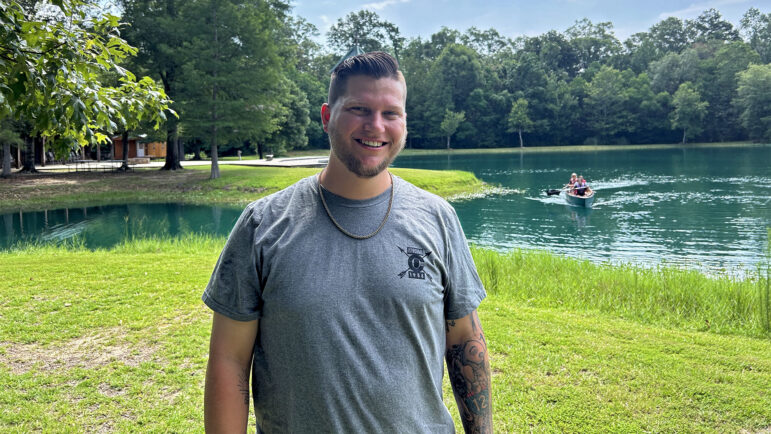
The heat seems to be coming sooner each year. They used to prepare for it to arrive in August. “But now it’s starting as early as May,” Hanken said.
He doesn’t have to consult a chart or read a report to know summers are different now.
Once upon a time, Hanken was a camper here, and then a counselor, before working his way up to camp director. He’s seen the changes over the years. He said the heat just wasn’t like this when he was a kid.
“A lot of our buildings didn’t even have air conditioning back then,” he said.
Extreme temperatures were also not causing people to pass out, either.
“We would be out here for hours, playing in the sun,” Hanken said. “I was a baseball kid, so we were always outside. Sun up, sundown.”
Climate change is changing summertime

It’s not Hanken’s imagination. Summer’s are getting hotter. The extreme temperatures seen last year — and expected to be seen this year — were once virtually unheard of. According to scientists at NASA’s Goddard Institute of Space Studies, the Summer of 2023 was Earth’s hottest since records began in 1880.
The reason this is happening is clear, according to most scientists. Increasing global temperatures on Earth are directly linked to the concentration of greenhouse gases in the atmosphere. And the most abundant greenhouse gas — carbon dioxide — is largely the result of burning fossil fuels.
The result is that summer, as we know it, is changing. Experts say people today are facing more frequent, longer-lasting and hotter heat waves than they did before. Children in New Orleans experience nine times the number of heat waves every summer than kids who grew up in the 1960s.
“It’s not a well-kept secret at this point,” said Dr. Ari Bernstein, director at the National Center for Environmental Health and the Agency for Toxic Substances and Disease Registry at the CDC. “We need to plan for that.”
Bernstein said one of the “most unique” effects of rising temperatures is how heat can disrupt normal childhood — changing our idea of what it means to be a kid in the summer. It can be an important part of a child’s development, being able to have unstructured time to explore the world and “go off and play… maybe get into a little mischief,” he said.
“For many of us, summertime was the time that was possible. The idea that [it] would now have to be constrained because it’s too hot to be safe outside is a new thing.”
Adapting to the new norm
People like Hanken have already recognized the risks that come with extreme heat, and they’ve started to make changes to adapt.
In addition to rotating groups of campers indoors to cool them off, they also break things up with strategically scheduled water time. Kids go down water slides and launch each other off of a giant inflated monstrosity called “The Blob” into the lake.
They also schedule some outdoor activities, like archery and rock wall climbing, for earlier in the day and later in the afternoon — when the sun isn’t blaring overhead and the temperature isn’t so high.
But it’s not just camps that are adjusting to the heat. Parents in the South are also making changes to their kids’ summer activities.
Meghan Matt is a mom of four in New Orleans. She said they’ve been more selective about what camps and activities they’ll let their kids do now.
“We don’t do outdoor, all-day camps. I didn’t put my daughter in a soccer [camp] because it was going to be all day outside,” Matt said. “It takes the choices away when the heat is like this.”
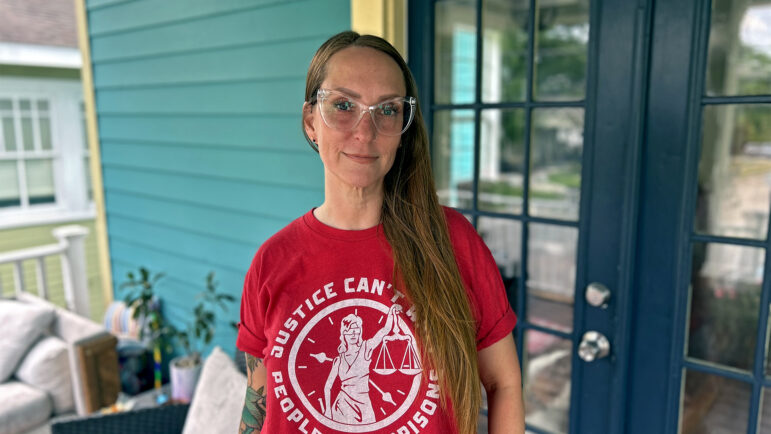
Matt works a hybrid schedule, so she’s able to work from home, which she said helps with figuring out pick up and drop off when you’re juggling multiple summer camps. She’s a lawyer and described herself as “middle income, but with four kids, summer camps can still be cost-prohibitive.
“It’s $300, $400 a week,” she said. “How do you manage that? And I don’t want to take places from other people who might need it more. So there’s some thought process around that.”
Matt said she’s fortunate that her kids’ school has a free camp. But with temperatures already getting high, she’s concerned about safety.
“Kids don’t want to be inside all day,” she said. “And it’s every day. I’m worried. Are they going to just drop from heat exhaustion or are they going to get sick?”
Jasmine Davis, who lives in Birmingham, Alabama, is also a mom of four. She and other members of the Black Homeschoolers of Birmingham group recently gathered at a local park to get the kids together, share resources, and connect.
Davis grew up in central Alabama and she said summers are definitely different now.
“We have a saying: ‘This ain’t the same sun that it used to be,’” she said. “Meaning that it’s more powerful. It’s hotter now.”
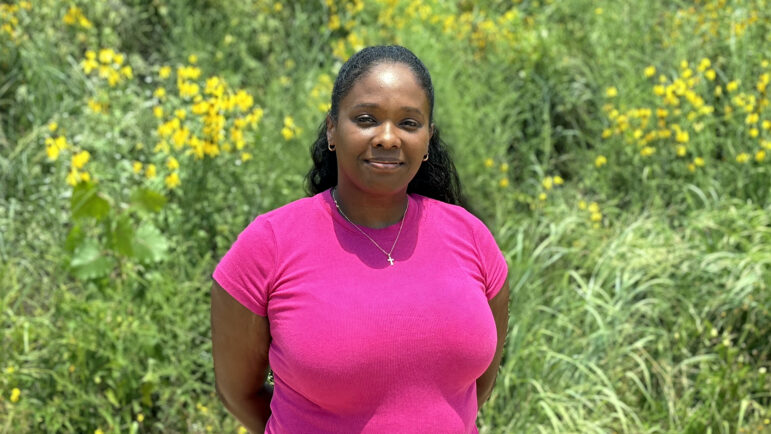
Davis said she’s had to come up with a new “summer schedule” built around the heat. During the hottest parts of the day, her family goes to the library or a nearby water park — she bought a season pass this year.
She also does her best to juggle her kids’ different interests — and sports. Like her 13-year-old Peyton, who loves basketball. It’s all he talks about. But earlier this year, he was shooting hoops in his driveway in the middle of the day, when something started to feel wrong.
“I had to go inside for a little bit because I started feeling nauseous and I felt sweaty. I [felt] like I was going to pass out,” Peyton said.
His mom has since limited his basketball time to early in the morning and later in the evening when it’s not too hot out. Peyton doesn’t love this. He wishes he could stay out longer.
“It makes me mad kind of because I have to keep going in and out, in and out,” he said. “I don’t like that.”
Staying safe despite the heat
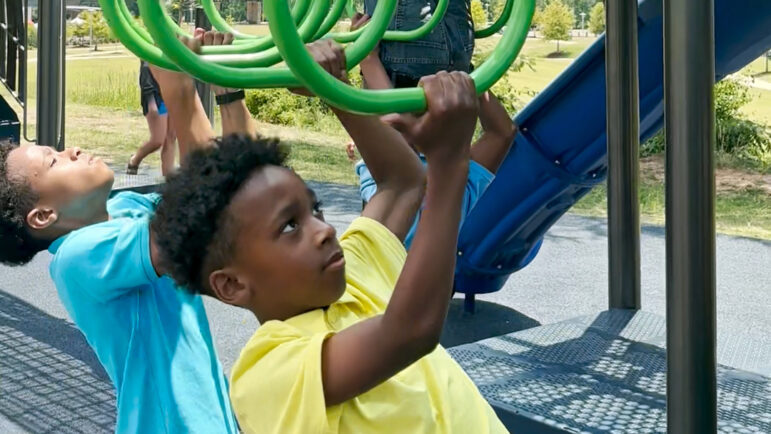
But Peyton’s mom might be making the right call.
In addition to the science showing that the temperature is increasing, it also shows that heat affects kids differently.
“Children aren’t built exactly like adults, so they may not have the same symptoms,” Bernstein said before listing off heat exhaustion symptoms — nearly the exact symptoms Peyton described feeling when he was playing in his driveway.
“The symptoms can be headaches. It can feel a little bit sick to their stomach. A lot of sweating or no sweating at all can be a sign.”
Bernstein said it’s important to make sure kids are safe in the heat, but it’s also important to let them be kids. The key is to make sure adults are paying attention to those extreme heat days. That’s why the CDC developed a new interactive tool called “HeatRisk.”
On the CDC website, people can enter their zip code and see a color-coded forecast to help them understand when temperatures are dangerous. The colors range from light green with little to no risk to magenta for extreme heat.
HeatRisk combines temperature data with heat-related emergency response information. It also offers air quality updates to help people with health conditions, so kids — and adults — can get outside, but stay safe.
“We absolutely know that keeping kids inside, particularly in summer months, is not in their best interest. We need to have our children outside running around,” Bernstein said. “Their brains work better, their bodies stay healthier when they’re running around and getting exercise. We just need to pay a little more attention to the potential that there are days that are going to be really hot.”
This story was produced by the Gulf States Newsroom, a collaboration between Mississippi Public Broadcasting, WBHM in Alabama, WWNO and WRKF in Louisiana and NPR. Support for health equity coverage comes from The Commonwealth Fund.
Pipe bomb suspect told FBI he targeted U.S. political parties, memo says
The man accused of placing two pipe bombs in Washington on the eve of Jan. 6, 2021 told investigators someone needed to "speak up" for people who believed the 2020 election was stolen, prosecutors said Sunday.
Chinese military stages drills around Taiwan to warn ‘external forces’
The drills came after Beijing expressed anger at U.S. arms sales, and a statement by Japan's prime minister saying its military could get involved if China were to take action against Taiwan.
Trump and Netanyahu to meet in Florida at a crucial moment for the Gaza ceasefire
President Trump could use the face-to-face at his Mar-a-Lago estate to look for ways to speed up the peace process, as Israel's leader has been accused of not pushing his side to move fast enough.
‘Bomb cyclone’ forecasted to bring heavy snow, blizzard conditions and dangerous travel
A 'bomb cyclone' is intensifying severe winter weather for millions of people across the U.S. The system is expected to knock out power and disrupt holiday travel.
Russia sends 3 Iranian satellites into orbit, report says
The report said that a Russian rocket sent the satellites on Sunday from a launchpad in eastern Russia.
Viral global TikToks: A twist on soccer, Tanzania’s Charlie Chaplin, hope in Gaza
TikToks are everywhere (well, except countries like Australia and India, where they've been banned.) We talk to the creators of some of the year's most popular reels from the Global South.

